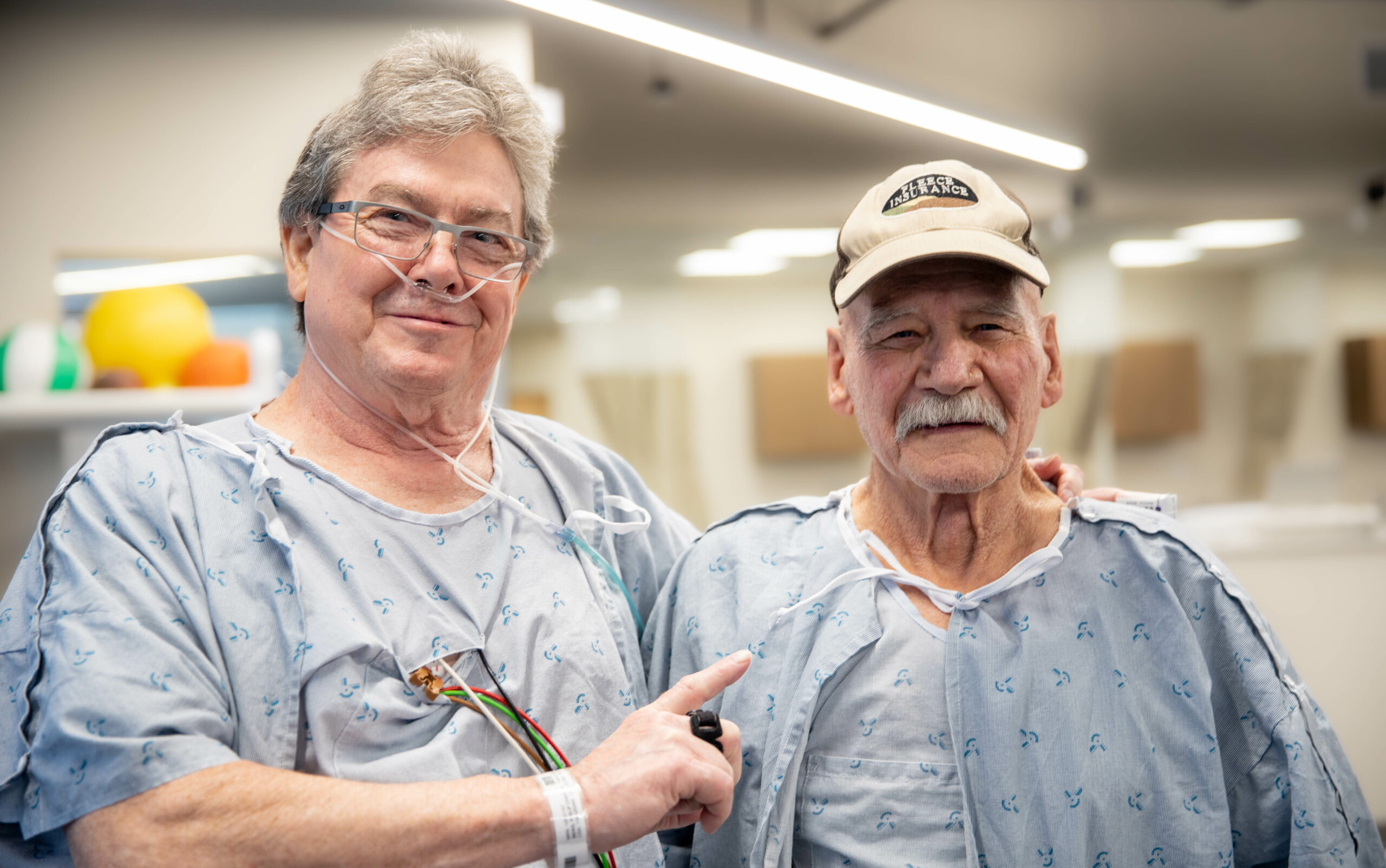With more than 600,000 procedures performed in the U.S. every year, knee replacement is one of the most common surgeries at many hospitals. But some people don’t understand why and when you might need a knee replacement — or what happens during the procedure.
If you think a knee replacement might be in the future for you or a loved one, we want to give you a better idea about what to expect. Here are answers to some of the most common questions we get related to this surgery.
I’m having knee pain. Should I go to the doctor?
Almost everyone experiences knee pain at some point in life. It can be caused by overuse, sports injuries, obesity and lots of other reasons, but most of the time these injuries will heal on their own. However, if an injury bothers you for more than a few days — or if you’re having trouble walking, sleeping or doing normal activities — it’s probably a good idea to speak with your doctor.
If my knee pain won’t go away, will I need a knee replacement?
Not necessarily. There are many more conservative measures your doctor may try before recommending knee replacement. These might include anti-inflammatory injections and medications, physical therapy, weight-loss strategies and other behavior modifications. Once these measures have been exhausted, a knee replacement may be the best option.
What kinds of injuries lead to knee replacement?
Oftentimes, injuries severe enough to lead to knee replacement are a result of arthritis caused by years of use or genetic factors. When this occurs, the cartilage in the knee progressively deteriorates to the point where using the joint becomes increasingly painful. While we usually see this in older patients, it’s not uncommon for people to develop arthritis in their 30s and 40s.
We also see traumatic injuries that require a knee replacement. These are typically related to sports, but can be the result of other injuries such as a fall.
How do I know it’s time for me to get the procedure?
This is ultimately up to you. The primary reason we do a knee replacement is for pain relief, so if knee pain is getting in the way of letting you to do the things you enjoy, it’s definitely something to consider.
What happens during a knee replacement?
A knee replacement is basically a resurfacing of the knee joint. This means removing bone and cartilage and placing a new, synthetic joint made of metal and plastic in its place. The metal and plastic joint creates a new, smooth surface that allows the knee to function properly again. These synthetic joints are very reliable and can last for decades.
In most cases, the ligaments and tendons around the knee are kept in place. Because these are common and typically uncomplicated surgeries, the whole procedure only lasts between one and two hours.
After the procedure, what happens next?
After a knee replacement, most patients are up and doing physical therapy on their new joint that day. In the majority of cases, you’ll stay one night in the hospital and will be allowed to continue your recovery at home after that. Your doctor may prescribe medication for pain management.
Physical therapy will continue two or three times a week over the course of six to eight weeks. At first, you’ll start by focusing on regaining your range of motion, then move on to exercises emphasizing strength and endurance. Most people are back doing all the things they enjoy within a few months, but your doctor will probably recommend against certain high-impact activities for a period of time so the joint can fully heal.
If you’re having knee pain that’s holding you back, our expert team at Hendricks Orthopedics and Sports Medicine can help.
















